Supercharger Compatible Intakes & Forced-Induction Integration Explained
Positive Displacement Compatible Systems (PDCS) are key to automotive tuning, especially for forced-…….
Welcome to an in-depth exploration of a technology that has ignited the automotive industry—Supercharger Compatible Intakes. This article aims to demystify this powerful system, offering readers a comprehensive understanding of its mechanics, applications, and global impact. By delving into its history, technological intricacies, economic implications, and future potential, we will uncover why Supercharger compatible intakes are not just a passing trend but a game-changer in the realm of automotive engineering.
Definition: Supercharger compatible intakes, often simply referred to as “supercharged intakes,” is a high-performance air induction system designed to boost an internal combustion engine’s power output. It accomplishes this by forcing more air into the engine, allowing it to burn fuel more efficiently and produce higher horsepower and torque figures.
Core Components:
Historical Context: The concept of forced induction, which includes supercharging and turbocharging, is not new. Early automobiles used mechanical compression systems, but these were cumbersome and inefficient. Modern superchargers, tracing their roots back to the 1920s, have evolved significantly through advancements in materials science and engineering. Today, they are widely used in high-performance cars, off-road vehicles, and even some marine engines.
Significance: Supercharger compatible intakes offer several advantages:
The global impact of Supercharger compatible intakes is profound, with regions like North America, Europe, and Asia leading the way in both adoption and innovation. Here’s a glimpse into regional trends:
| Region | Trends & Adoption | Key Players |
|---|---|---|
| North America | High penetration in high-performance cars; growing popularity in off-road vehicles. | Supercharger (DODGE), Turbonorm (Ford) |
| Europe | Strict emissions regulations drive the need for efficient supercharged engines. | KKK (Krupp-Werke), Root (Audi) |
| Asia | Rapidly growing market, especially in high-performance sports cars and SUVs. | IHI (Japan), BorgWarner (China) |
International Influence: Globalization has played a significant role in the spread of supercharged intake technology. Manufacturing advancements have made these systems more affordable and accessible worldwide. Furthermore, the automotive industry’s global supply chain ensures that components can be easily shared across borders, fostering innovation and competition.
The economic landscape surrounding Supercharger compatible intakes is complex and multifaceted:
Market Dynamics: The market for performance upgrades is thriving, driven by a passion for automotive customization and high-performance driving. This segment accounts for a significant portion of supercharger sales, with enthusiasts investing in top-tier systems to push their vehicles to the limit.
Investment Patterns: Major automakers invest heavily in research and development (R&D) to incorporate supercharged intakes into their vehicle lines. This trend is evident in premium brands aiming to offer competitive performance figures while maintaining fuel efficiency standards.
Economic Impact: The production and sale of supercharger components contribute to regional economies, creating jobs and fostering specialized manufacturing industries. Additionally, the aftermarket for performance parts generates substantial revenue, with enthusiasts upgrading their vehicles well beyond factory specifications.
The technological evolution of Supercharger compatible intakes is a testament to human ingenuity and engineering prowess:
Material Innovations: Modern superchargers utilize lightweight materials like aluminum alloys and advanced composite fibers, reducing weight and improving power-to-weight ratios.
Computational Fluid Dynamics (CFD): Advanced CFD simulations enable engineers to optimize air flow within the intake system, ensuring peak performance and efficiency.
Electric Superchargers: Electric supercharger systems are emerging as a more energy-efficient alternative, especially for electric vehicles (EVs). These systems can provide immediate boost power while reducing overall energy consumption.
Wireless Communication: Integration of wireless communication protocols allows real-time data exchange between the supercharger and engine control units, enabling precise performance tuning.
While Supercharger compatible intakes offer significant performance advantages, environmental concerns cannot be overlooked. Here’s how these systems navigate the balance:
Emissions Control: Advanced combustion management strategies, combined with sophisticated emissions control systems, help reduce supercharged engines’ impact on air pollution.
Fuel Efficiency: Despite increased power output, efficient airflow management and improved engine tuning can contribute to better fuel economy, especially in well-optimized systems.
Future Regulations: Automakers are actively researching ways to meet stricter emission standards while offering high-performance vehicles. Supercharger technology will likely evolve to play a pivotal role in achieving these goals.
The future of Supercharger compatible intakes looks bright, with continuous innovation and growing demand driving the market:
Hybrid Systems: The integration of superchargers with electric motors in hybrid powertrains could offer unparalleled performance while reducing fuel consumption.
Autonomous Vehicles: As self-driving technology advances, supercharged engines may find applications in specialized autonomous vehicles requiring high horsepower and precision control.
Customization and Personalization: Enthusiast communities will continue to push the boundaries of customization, creating one-of-a-kind supercharger systems tailored to specific vehicle platforms.
Global Expansion: With increasing access to technology and a growing passion for performance worldwide, the global market for supercharged intakes is poised for significant expansion.
Supercharger compatible intakes represent a remarkable fusion of engineering excellence and human ambition. From their humble beginnings to today’s cutting-edge technologies, these systems have transformed the automotive landscape. As we look ahead, it’s evident that supercharging will continue to play a pivotal role in shaping the future of high-performance vehicles, pushing boundaries, and inspiring new generations of engineers and enthusiasts alike.

Positive Displacement Compatible Systems (PDCS) are key to automotive tuning, especially for forced-…….

Superchargers and forced-induction systems significantly boost engine power by forcing more air into…….

Positive displacement systems like supercharger compatible intakes and forced-induction dramatically…….
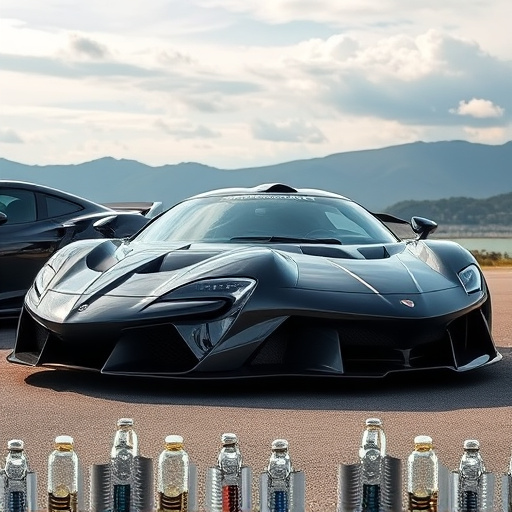
Supercharger compatible intakes are essential components for forced-induction systems, boosting engi…….
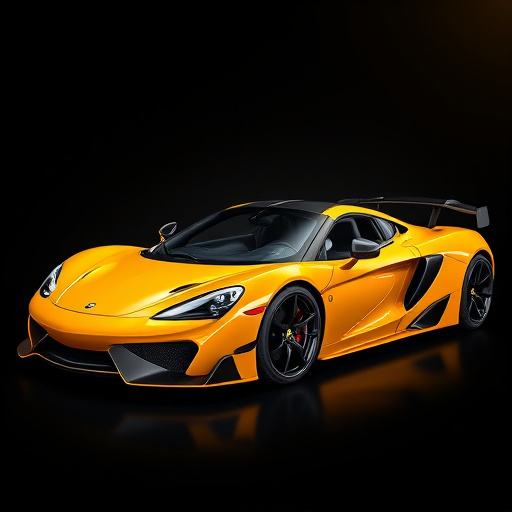
Pressure-rated intake systems, including supercharger compatible intakes and forced-induction setups…….
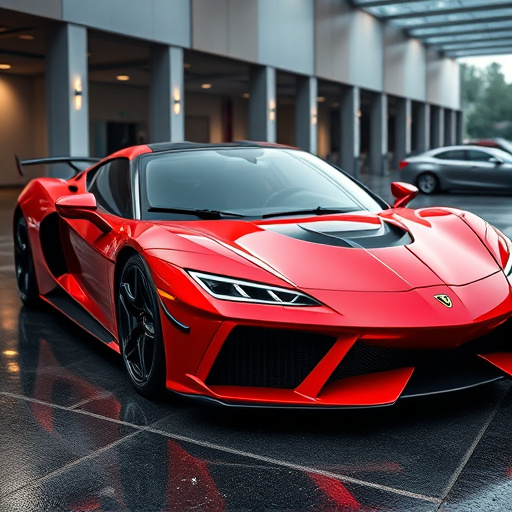
Supercharger compatible intakes are designed to optimize airflow in forced-induction vehicles, enhan…….
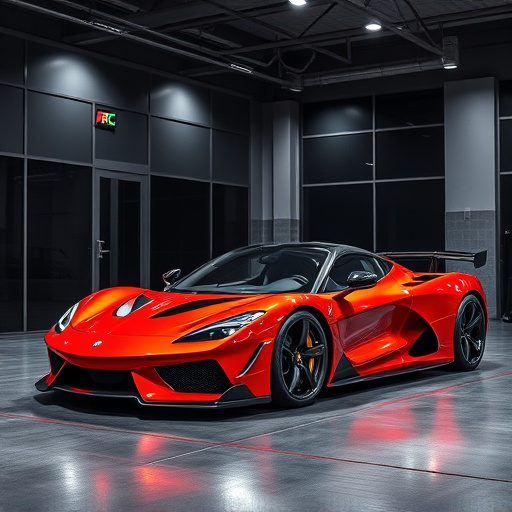
Pressure-rated intake systems, crucial for supercharged or forced-induction vehicles, optimize air f…….
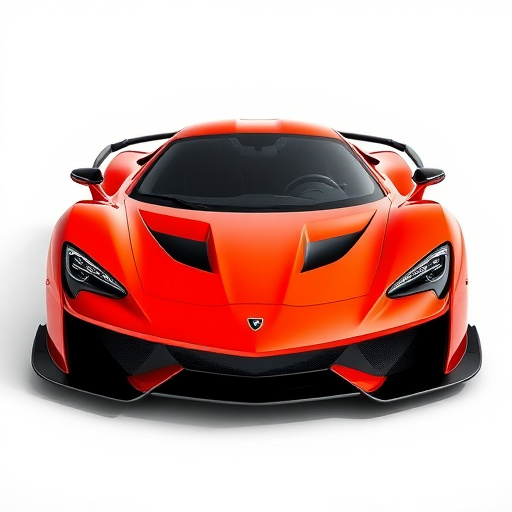
Supercharger compatible intakes are essential for high-performance vehicles equipped with forced-ind…….
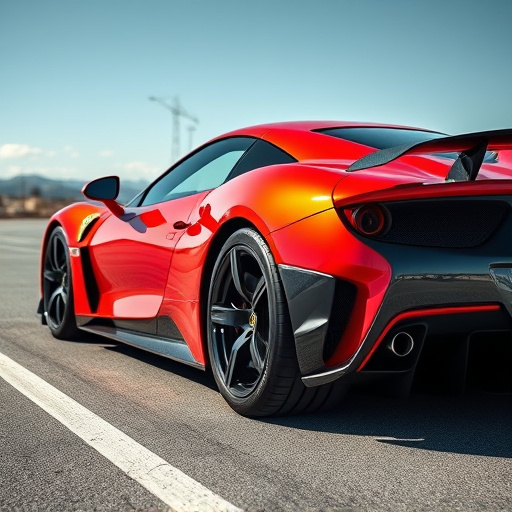
Supercharger compatible intakes are designed for vehicles with forced-induction systems, enhancing e…….
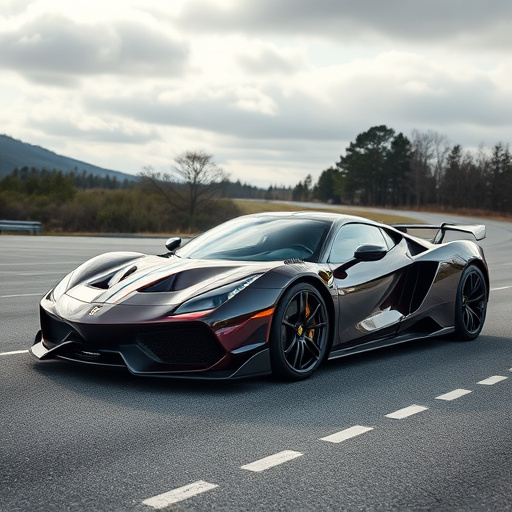
Opting for supercharger compatible intakes enhances performance in high-output vehicles with forced-…….